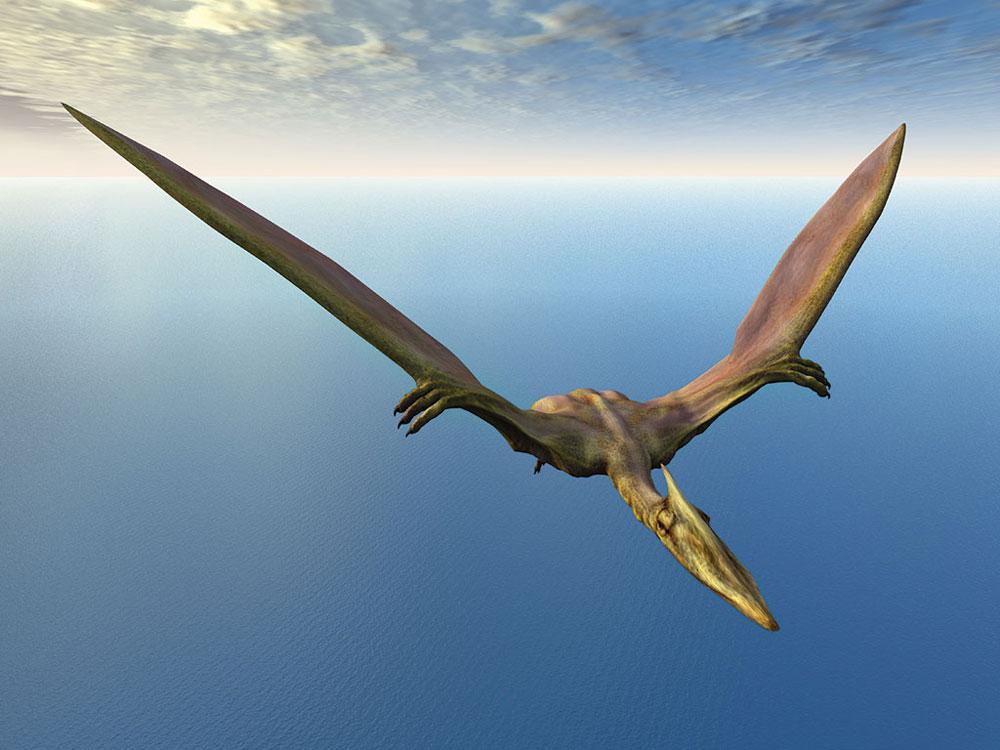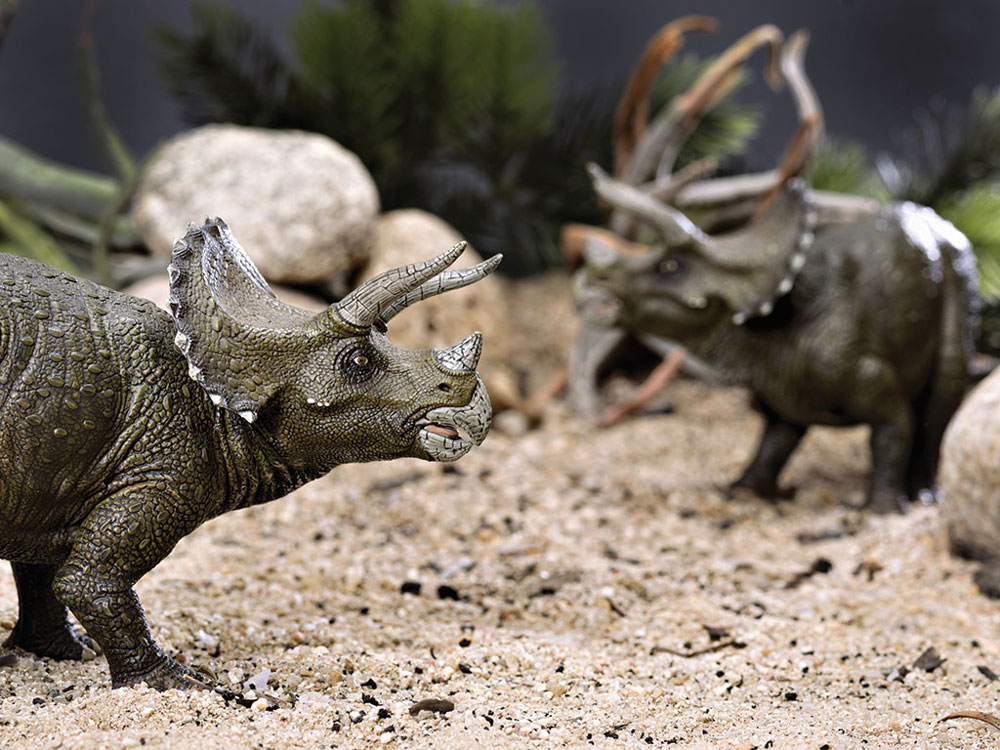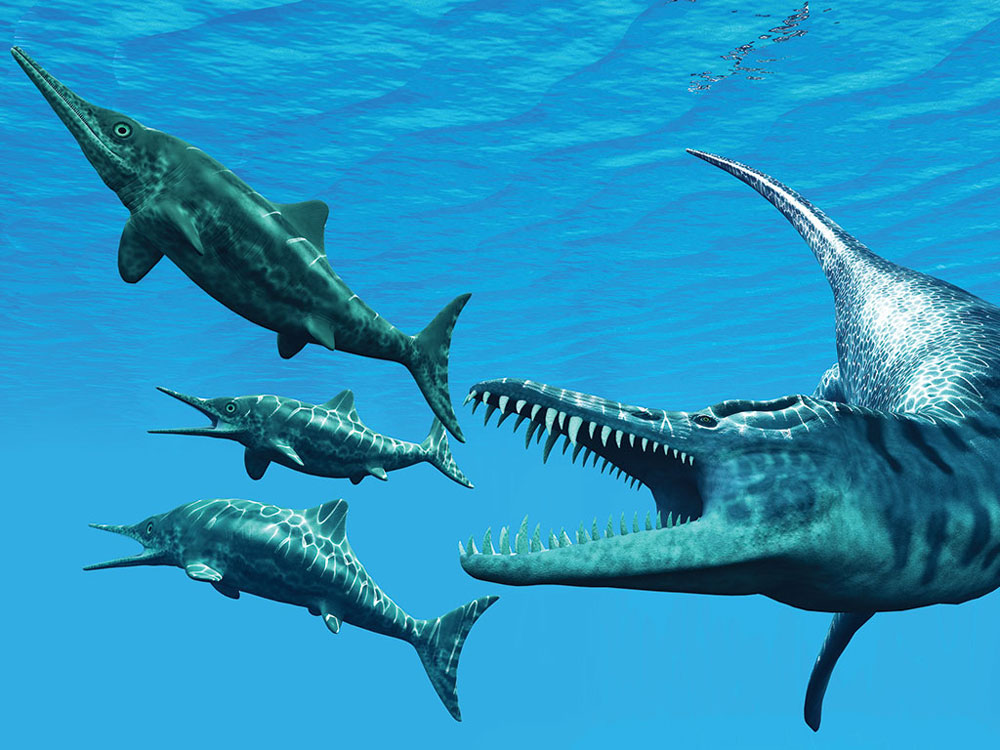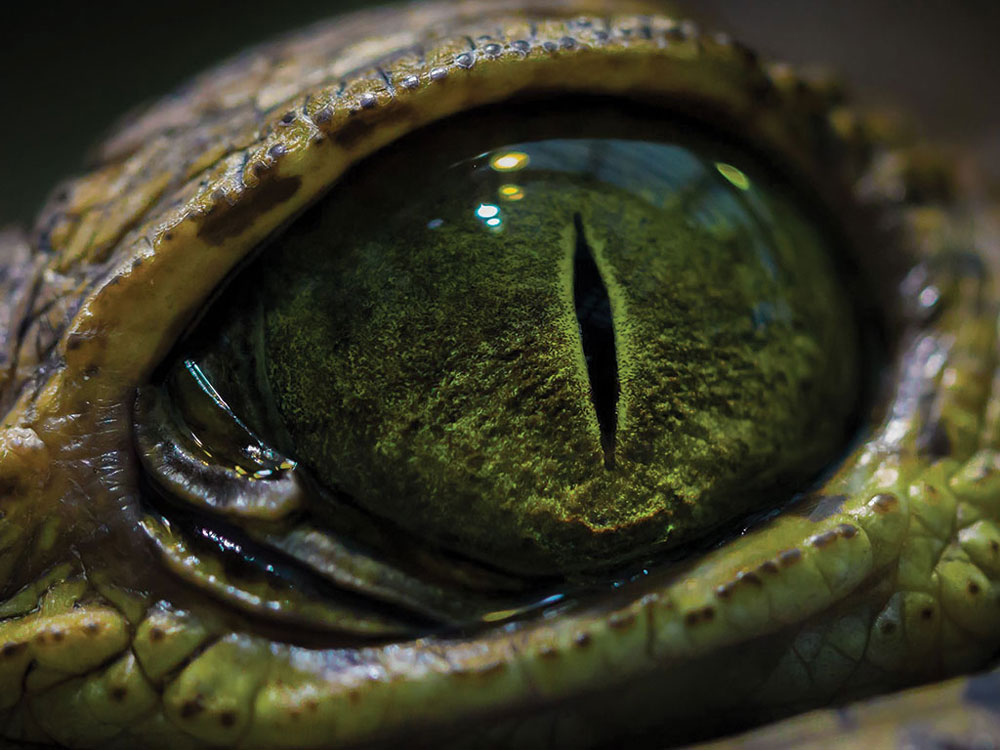HISTORIA NATURALIS
HISTORIA NATURALIS
HISTORIA NATURALIS
HISTORIA NATURALIS
HISTORIA NATURALIS
This “Natural History” series, Historia Naturalis, showcases a selection of Flora and Fauna throughout the world and examines our global view of the environment by incorporating anthropology, archaeology, biology, botany, ecology, geology, palaeontology and zoology…
This “Natural History” series, Historia Naturalis, showcases a selection of Flora and Fauna throughout the world and examines our global view of the environment by incorporating anthropology, archaeology, biology, botany, ecology, geology, palaeontology and zoology…
This “Natural History” series, Historia Naturalis, showcases a selection of Flora and Fauna throughout the world and examines our global view of the environment by incorporating anthropology, archaeology, biology, botany, ecology, geology, palaeontology and zoology…
This “Natural History” series, Historia Naturalis, showcases a selection of Flora and Fauna throughout the world and examines our global view of the environment by incorporating anthropology, archaeology, biology, botany, ecology, geology, palaeontology and zoology…
This “Natural History” series, Historia Naturalis, showcases a selection of Flora and Fauna throughout the world and examines our global view of the environment by incorporating anthropology, archaeology, biology, botany, ecology, geology, palaeontology and zoology…
Dinosaurs and Thecodonts
Dinosaurs and Thecodonts
Dinosaurs and Thecodonts
Dinosaurs and Thecodonts
Dinosaurs and Thecodonts
Did dinosaurs live in the Redlands?
As we examine the geology of our Redland City, there is evidence of ancient life that once thrived and dominated. We find layers of sedimentary material that tell a story of our past, our geological chronology and within these layers of this stratification, rests the fossil evidence of times past.
We are 10 hours (750 km) from the Carnarvon National Park which is the hotspot for large carnivorous (not vegetarian) thecodonts (amphibians) that dominated the dinosaurs.
We are also 15 hours (1,350 km) away from the Winton’s Lark Quarry Conservation Park, where over 3,300 dinosaur tracks mark the site of the only known dinosaur stampede on the planet.
By air, land and sea, thecodonts and dinosaurs ruled the Australian landscape, throughout the Triassic Period (206 to 248 Million Years Ago), Jurassic Period (144 to 206 Million Years Ago) and Cretaceous Period (65 to 144 Million Years Ago), over a period of 183 million years.
Prior to this time, Pangea, essentially a supercontinent comprised of all the landmasses of all the continents of the earth, separated into two main supercontinents 200 to 180 million years ago, Laurasia of the Northern Hemisphere and Gondwana of the Southern Hemisphere (including Australia) and intersecting in time where the Triassic Period ended and the Jurassic Period began.
Thecodonts, the close relation of the “modern day crocodile” are a direct ancestor of the dinosaurs and in most of Gondwana, during the Triassic Period, reptiles were the dominant form of life on land. In Australia, however, Thecodonts ruled as evidenced by the Crater Site at the Carnarvon National Park, containing fossils that date from the Triassic Period.
From here, an isolated island called Sahul, is a combined landmass including Australia, New Guinea and Tasmania that separated, 60, 000 years ago to form what we see today.
Below is a brief list of known thecodonts and dinosaurs that have graced our prehistory:
THECODONTS
THECODONTS
THECODONTS
THECODONTS
THECODONTS
Kalisuchus Rewanensis (carnivore)
230 MY | 3 M Long, 1 M High
Dicynodont (herbivore)
230 MY | 1 M Long, 0.5 M High
DINOSAURS
DINOSAURS
DINOSAURS
DINOSAURS
DINOSAURS
Ozraptor (carnivore)
170 MY | 3 M Long, 3 M High
Rhoetosaurus (herbivore)
190 MY | 15 M Long, 7 M High
Atlascopcosaurus (herbivore)
115 MY | 3 M Long, 1 M High
Australovenator (carnivore)
95 MY | 6 M Long, 2 M High
Austrosaurus (herbivore)
110 MY | 20 M Long, 4 M High
Diamantinasaurus (herbivore)
100 MY | 16 M Long, 2.5 M High
Fulgurotherium (herbivore)
110 MY | 1.5 M Long, 2 M High
Kakuru (omnivore)
120 MY | 2.5 M Long, 1 M High
Leaellynasaura (herbivore)
115 MY | 3.5 M Long, 1 M High
Minmi (herbivore)
119 MY | 2 M Long, 1 M High
Muttaburrasaurus (herbivore)
112 MY | 7 M Long, 2.5 M High
Qantassaurus (herbivore)
115 MY | 2 M Long, 1 M High
Rapator (carnivore)
105 MY | 9 M Long, 4 M High
Serendipaceratops (herbivore)
118 MY | 2 M Long, 1 M High
Timimus (omnivore)
106 MY | 3.5 M Long, 1.5 M High
Wintonotitan (herbivore)
100 MY | 15 M Long, 3 M High
In the future, archaeologists and palaeontologists may unearth the proof of our past, but until then, yes, dinosaurs did live throughout Australia and Redland City…

Quetzalcoatlus

Triceratops

Liopleurodon attacks Ichthyosaurus
